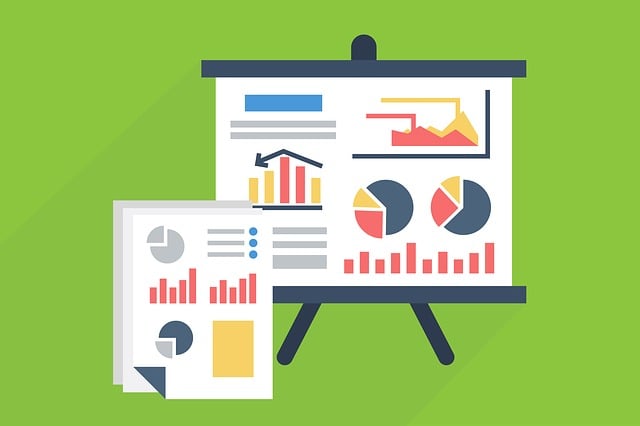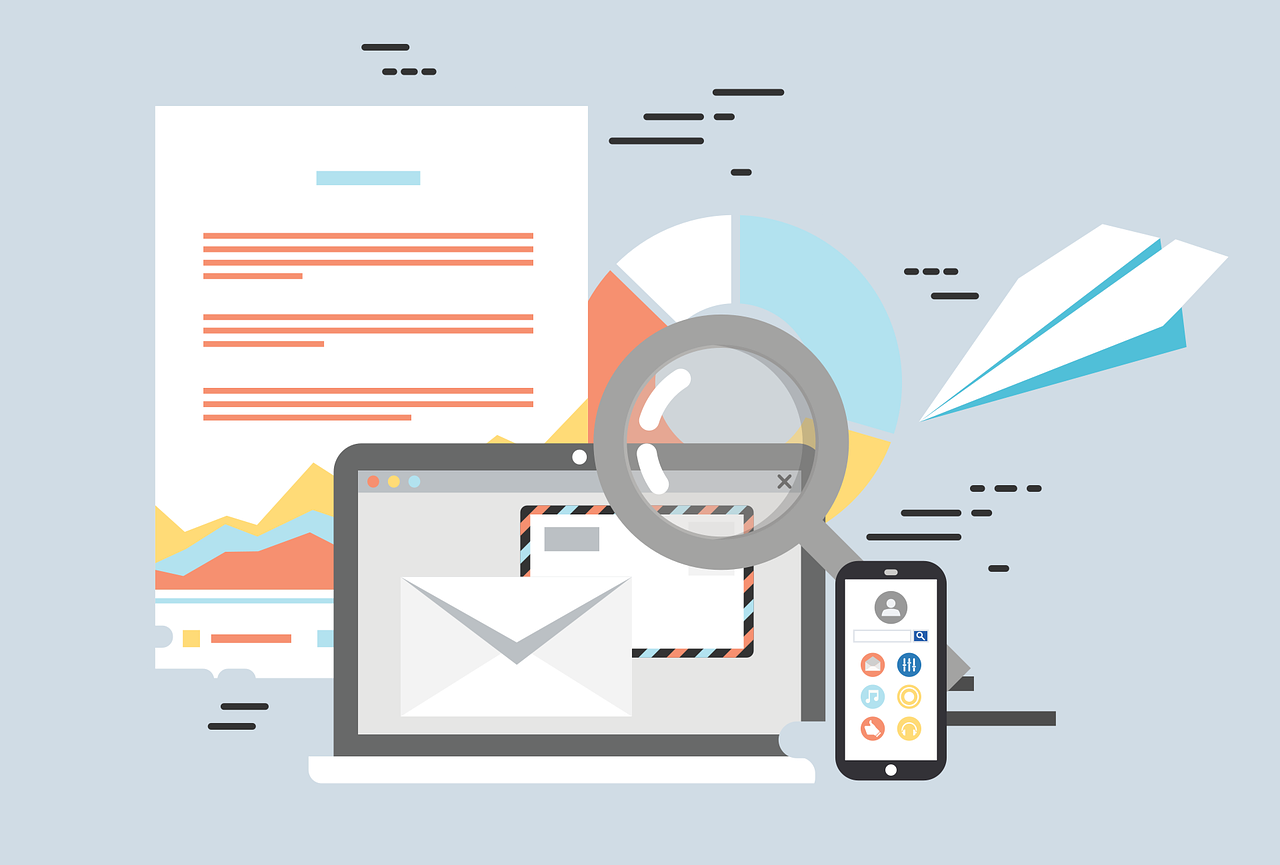Definition: A Monitoring Information System (MIS) is a structured framework that enables organizations to collect, process, store, and analyze data related to their operations, performance, and other relevant factors. It provides a comprehensive view of an organization’s activities, helping decision-makers monitor key metrics and trends in real-time or near-real-time, facilitating informed decision-making and strategic planning.
Real-Life Examples:
- Network Monitoring System: In IT, a network monitoring system tracks the performance and status of network components, such as servers, routers, and switches. It collects data on bandwidth usage, latency, packet loss, and other key indicators to ensure the network operates efficiently.
- Financial Performance Dashboard: Businesses use MIS to track financial metrics like revenue, expenses, and profits. A financial performance dashboard consolidates this data, allowing managers to quickly assess the company’s financial health and make informed decisions.
- Supply Chain Monitoring: Organizations use MIS to monitor their supply chains. This might involve tracking inventory levels, shipping times, and supplier performance to optimize operations and ensure timely deliveries.
- Environmental Monitoring System: Governments and environmental agencies use MIS to monitor air quality, water quality, and other environmental factors. Data collected from various monitoring points helps in making policy decisions and addressing environmental issues.
Constructing a MIS: Constructing an effective Monitoring Information System involves several steps:
- Identify Key Metrics: Determine the critical metrics that align with your organization’s goals and objectives. These could include performance indicators, financial metrics, operational efficiency measures, etc.
- Data Collection: Gather data from various sources, such as sensors, databases, APIs, and manual inputs. The data should be accurate, consistent, and relevant to the identified metrics.
- Data Processing: Clean, preprocess, and transform the collected data into a structured format that can be easily analyzed. This might involve data normalization, aggregation, and handling missing values.
- Database and Storage: Store the processed data in a suitable database system. Depending on your needs, this could be a relational database, a data warehouse, or a big data solution.
- Data Analysis and Visualization: Use tools like data analytics software and business intelligence platforms to analyze the data and create visualizations, such as charts, graphs, and dashboards.
- Real-time Monitoring: For real-time monitoring, implement systems that can process and display data as it is generated. This could involve using stream processing technologies.
- Alerts and Notifications: Set up automated alerts and notifications to inform stakeholders when specific thresholds or conditions are met. This enables timely responses to critical situations.
- User Access and Security: Implement role-based access controls to ensure that only authorized personnel can access and interact with the MIS. Data security and privacy should be a priority.
- Continuous Improvement: Regularly review the MIS’s performance and the relevance of the monitored metrics. Adjust and refine the system as the organization’s needs evolve.
- Scalability and Integration: Design the MIS to be scalable so that it can handle increasing amounts of data as the organization grows. Also, ensure it can integrate with other systems within the organization’s technology landscape.
Setting up a Monitoring Information System (MIS) requires careful consideration of your organization’s needs and goals. The specific software you need will depend on the nature of the monitoring you plan to conduct, the data you want to collect, and how you intend to analyze and present that data. Here are some software types you might need for an MIS:
- Data Collection and Storage:
- Database Management System (DBMS): Software like MySQL, PostgreSQL, Microsoft SQL Server, or MongoDB can be used to store and manage the data collected from various sources.
- Data Collection Tools: Depending on what you’re monitoring, you might need tools like sensors, IoT devices, or manual data entry interfaces.
- Data Analysis and Reporting:
- Business Intelligence (BI) Tools: Software like Tableau, Power BI, QlikView, or Looker can help you analyze and visualize data, creating meaningful reports and dashboards.
- Statistical Analysis Tools: For in-depth statistical analysis, you might use software like R or Python (with libraries like pandas and NumPy).
- Spreadsheet Software: Tools like Microsoft Excel or Google Sheets can also be used for basic data analysis and visualization.
- Monitoring and Alerting:
- Monitoring Tools: Software like Nagios, Zabbix, or Prometheus can help you monitor various systems, services, and performance metrics in real time.
- Alerting Systems: These tools can notify you when predefined conditions are met, ensuring you stay aware of critical events.
- Communication and Collaboration:
- Collaboration Tools: Platforms like Microsoft Teams, Slack, or Asana can facilitate communication and collaboration among team members working on the MIS.
- Email and Notifications: Integration with email systems and messaging apps can ensure important updates reach relevant stakeholders.
- Security and Access Control:
- Authentication and Authorization Tools: Security is crucial for an MIS. Tools like OAuth, LDAP, or Active Directory can help manage user access and permissions.
- Data Integration:
- ETL (Extract, Transform, Load) Tools: Software like Apache NiFi or Talend can assist in extracting data from various sources, transforming it into a suitable format, and loading it into your database.
- GIS (Geographic Information System):
- GIS Software: If your monitoring involves geographical data, GIS software like ArcGIS or QGIS can help you visualize and analyze spatial data.
- Custom Development:
- Custom Software: Depending on your organization’s specific requirements, you might need to develop custom software applications or scripts to handle unique data processing needs.
Remember, building an effective MIS requires a combination of technical expertise, domain knowledge, and a deep understanding of the organization’s goals and processes.



